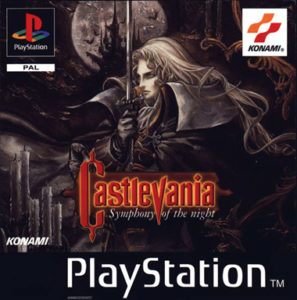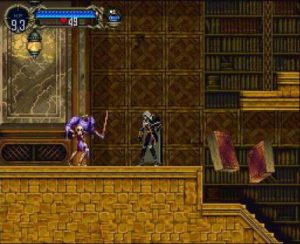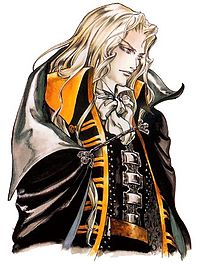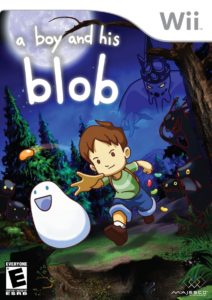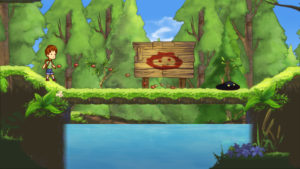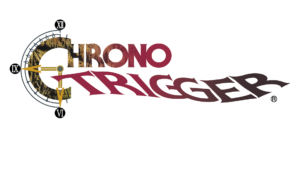
All right everyone, the game I’m talking about today is Chrono Trigger. Now the title of this series is Outstanding Games, so many of the games in this series will be ones which have something odd or peculiar that appeals to me. However, Chrono Trigger does not. Chrono Trigger stands out by being an ideal version of a traditional JRPG (Japanese Role-Playing Game). Chrono Trigger was made by Squaresoft, the same people who made the Final Fantasy games, a fine series in its own right. That said, if I wanted to direct someone towards a game that exemplified how to do a JRPG right while at the same time falling completely within the genre, I would point them to Chrono Trigger.
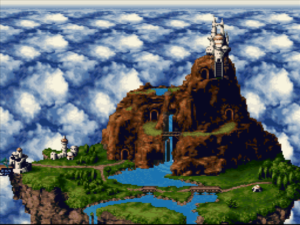
As you may guess from the title, time is a major theme in Chrono Trigger. The game starts with a young, spiky-haired fellow by the name of Crono going to the Millennial Fair in town. He meets an exciting young lady there by the name of Marle, and the two of them go to see the display of Crono’s other friend, the inventor girl Lucca, who has developed a pair of platforms that allow teleportation between them. But when Marle volunteers to be teleported, something goes terribly wrong, and she disappears. Lucca investigates the problem and discovers that Marle has been sent back in time. So Lucca develops a device that will allow her to recreate the time travel event, and she and Crono set off into the past to save Marle.
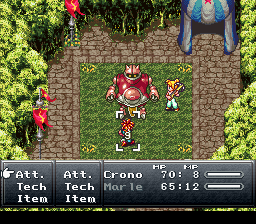
The rest of the game takes place between different time periods, from a caveman era with a sentient species of dinosaurs in competition with humans to a post-apocalyptic future where humans live in domes and are running out of resources. As Crono and his party hop back and forth through time, they embark on a quest to save the world from the destruction of a powerful being called Lavos, who caused large-scale destruction in the future, making the world largely incapable of supporting human life.
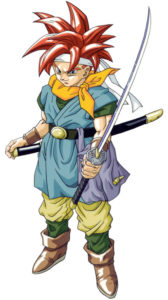
One of the things that makes Chrono Trigger so memorable is the cast of characters. Beside Crono, Lucca, and Marle, there are also a robot (cleverly called Robo), an anthropomorphic frog knight (cleverly called Frog), and a fierce cavewoman (who actually has the real name of Ayla). You also encounter the fearsome, scythe-wielding wizard Magus (as well as his three less-competent underlings Flea, Slash, and Ozzie), the power-hungry Queen Zeal, and many other equally memorable characters.
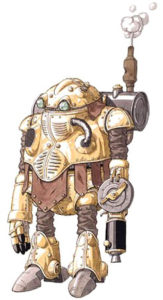
Another area in which Chrono Trigger excels is in visual presentation. Chrono Trigger was originally for Super Nintendo (and for my money, that’s what it should be played on, but then I’m essentially a grumpy old man at heart) so its appearance obviously has to deal with the graphical limitations of that system. That said, however, the graphical style is clean and colorful and has aged remarkably well. While many Super Nintendo games look clearly dated, Chrono Trigger still looks beautiful if stylized.
And then there’s the music. Chrono Trigger‘s score is catchy and memorable and perfect. Once again, the Super Nintendo places limitations on quality and complexity of the sound that can be created, but Chrono Trigger works with those limitations to create a score full of memorable and evocative.
And that’s it. If I haven’t sold you on Chrono Trigger yet, I’m not sure what I would say to do so. It’s a great game. There was a period in my life when it was my favorite. I no longer feel that way, but Chrono Trigger remains among the games which stand out to me.
